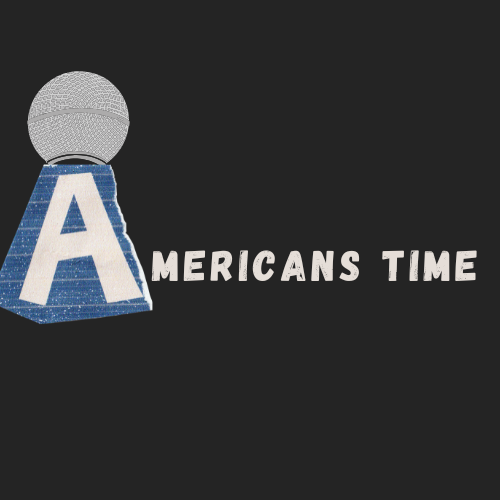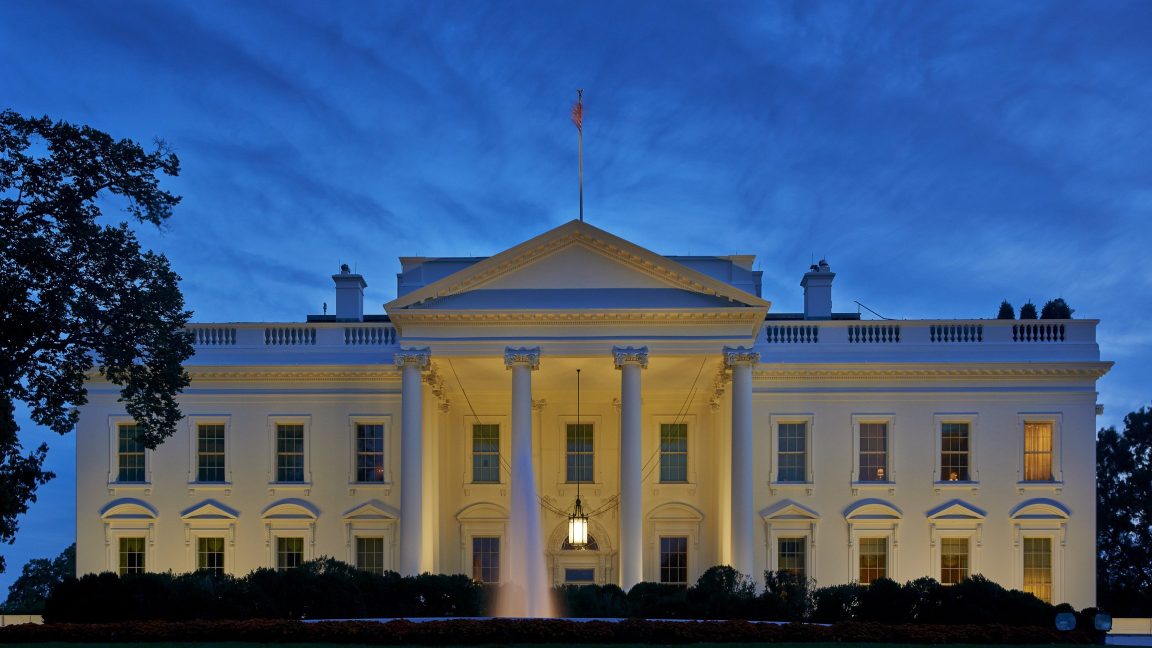

Kraft Heinz, one of the country’s largest food and beverage companies, said Tuesday it will stop using artificial dyes in its U.S. products by 2027 and will not launch new products that contain them.
“As a food company with a 150+ year heritage, we are continuously evolving our recipes, products, and portfolio to deliver superiority to consumers and customers,” Kraft Heinz North America President Pedro Navio said in a statement, adding “the vast majority of our products use natural or no colors.”
Foods affected
The shift will affect about 10 percent of Kraft Heinz products sold — most prominently the company’s vibrant Kool-Aid brand drink mixes and Jell-O brand flavored gelatin dessert mixes.
But some of the company’s most popular products won’t be affected. Kraft Heinz removed artificial colors from Kraft Mac & Cheese products nearly a decade ago, and Heinz Tomato Ketchup has never used artificial dyes, relying instead on tomatoes and spices for its deep red color.
The company outlined what it described as its “three-pronged approach” to phase out the dyes it still uses: removing unnecessary color additives, replacing artificial colors with natural colors and releasing new colors and shades for products when existing colors can’t be replicated with natural ones.
What prompted the change
The shift comes amid a growing public aversion to artificial food dyes, including ones that have been approved for use by the U.S. Food and Drug Administration (FDA) for decades, and an anti-dye push from key officials in President Trump’s administration.
Consumer research group Civic Science released survey data last month that showed 67 percent of U.S. adults polled said they are concerned about food dyes in what they eat, and several states have approved bans on specific dyes in foods.
Health and Human Services Secretary Robert F. Kennedy Jr. and other officials announced an effort in April to pressure producers to phase out petroleum-based artificial colors.
FDA commissioner Marty Makary cited studies on synthetically altered foods as evidence that vibrant colors produced in foods can “mess with the child’s developing brain to make ultra-processed foods more attractive, even when the child already feels full.”
“These studies have associated food colors directly with obesity and diabetes,” he said.
Kennedy, a long-time critic of food additives, said companies have been responsive to the administration’s push to phase them out.
“Food dye is just a no-brainer,” he said. “We’re really happy with the reception; I think they’re ready to change the industry.”
Kraft Heinz said it was already pursuing options to rely on more natural alternatives, as displayed in its shifts away from Food, Drug & Cosmetic (FD&C) dyes for other products.
“Above all, we are focused on providing nutritious, affordable, and great-tasting food for Americans and this is a privilege we don’t take lightly,” Navio said.








